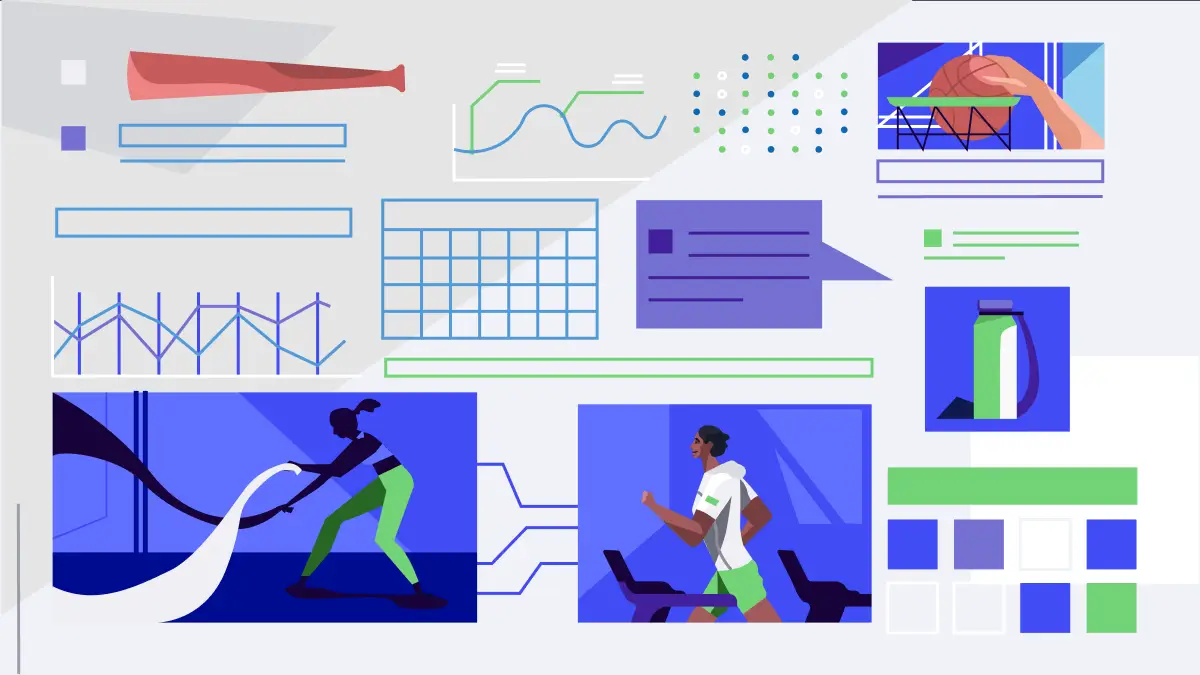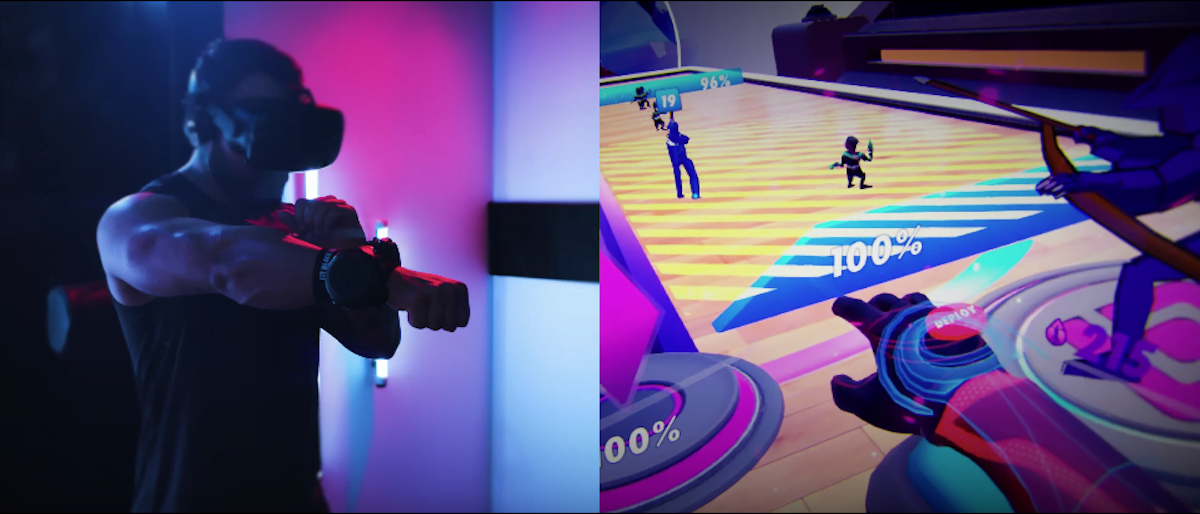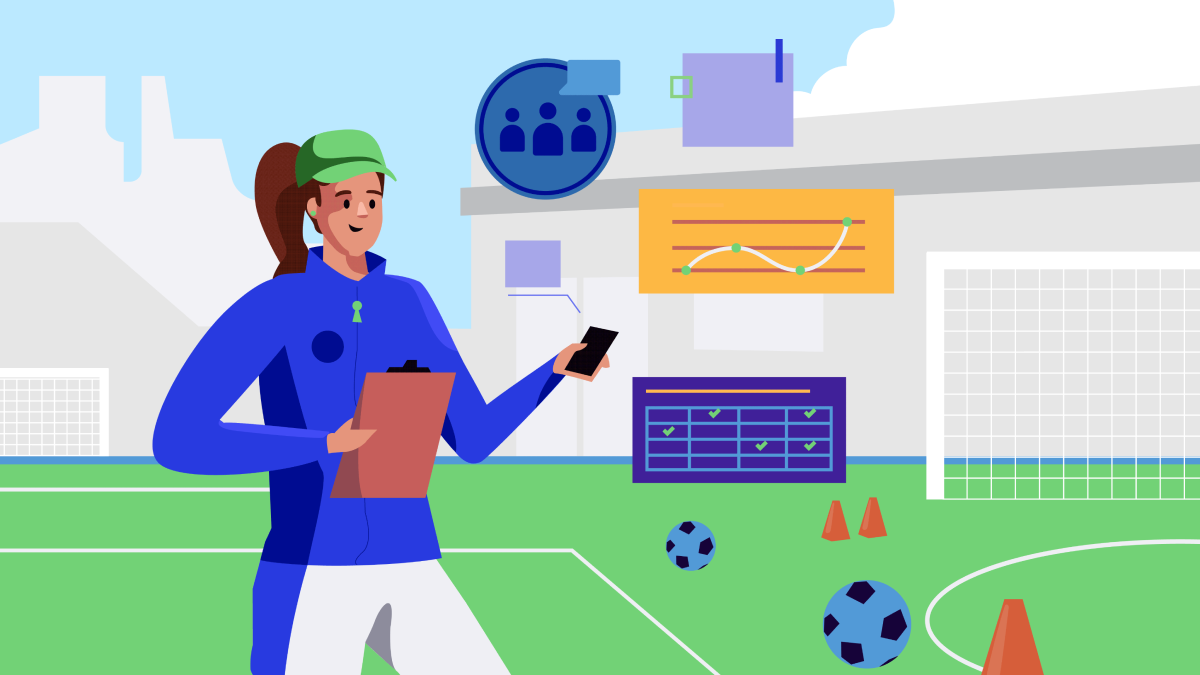
What makes a good scheduling app stand out? Explore the essential features like user-friendly design, seamless integrations, and scalability. Whether for personal use or team collaboration, the right app can transform the way you manage your schedule.




